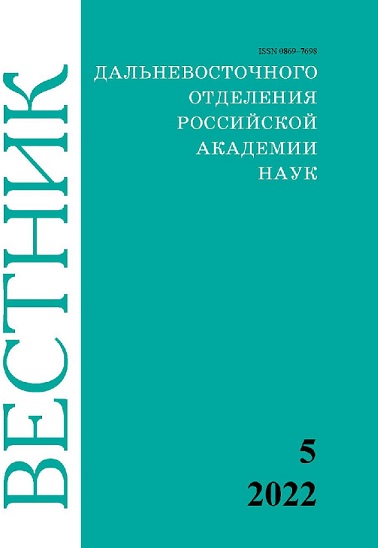Appearance and early evolution of angiosperms of Transbaikalia and Primorye Region
Keywords:
angiosperms, Cretaceous, evolution, Transbaikalia, Primorye RegionAbstract
In the middle of the Cretaceous period (about 125–100 million years ago), the angiosperms, representatives of the latest higher taxon, appeared all over the world. Charles Darwin called this biotic event “an abominable mystery” because their sudden appearance posed an unanswered challenge to evolutionism. One of the outstanding natural scientists of our time, V.A. Krasilov, devoted many years to solving the problems of higher taxa, studying, among other things, the process of the formation of such an extensive and branched group as flowering plants, ways and mechanisms of the formation of new life forms. Based on paleobotanical evidences, he showed the complexity and layering of phylogenetic processes. V.A. Krassilov began his career in science, working with the Early Cretaceous flora of Primorye Region, and later significantly expanded the geography of research. V.S. Markevich compared the sequence of development of palynoflora of flowering plants on the Asian coast of the Pacific Ocean and other parts of the world. Extensive palynological material allowed her to develop a scheme for the evolution of angiosperm pollen morphology. A high degree of synchronism in the development of these palynomorphs throughout the Northern Hemisphere was revealed, which makes them valuable in stratigraphic correlation. At present, the staff of the Laboratory of Paleobotany of the Federal Scientific Center of the East Asia Terrestrial Biodiversity, FEB RAS continues to work on the problem of early angiosperms. Significant progress has been made in dating the plant-bearing beds (and, accordingly, the age of biotic events) of Primorye Region, the reconstruction of the habitat, life forms and taxonomic composition of the first flowering plants.


